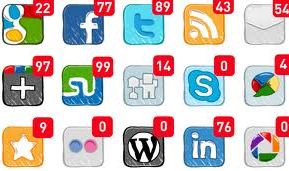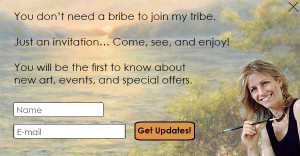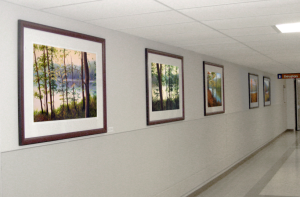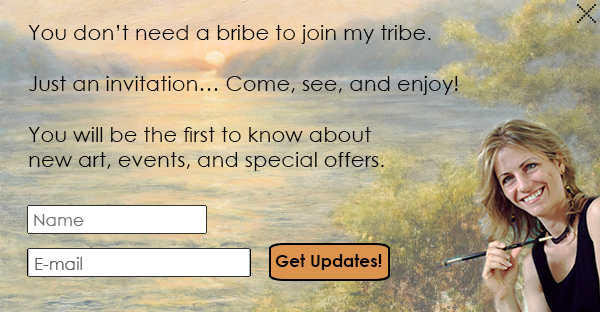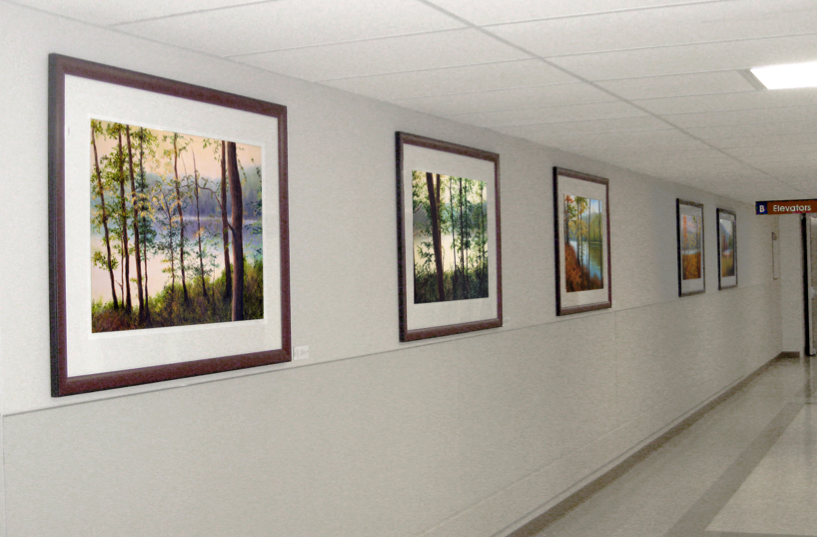
Many artists are so focused on obtaining gallery representation that they often overlook other potentially more profitable, and dare I say, easier to work with channels. They probably have good reasons. While galleries exists on many street corners, are visible, some even advertise, and one can just walk into them, few artists know how to find art consultants, let alone how to effectively work with them.
Unlike galleries art consultants are not ‘open to the public’. They don’t display art. And they don’t advertise to the general public. So why should you want to work with them? Well, they offer several distinct advantages. I will start by saying it is because they don’t display art to the public. What does that really mean to you as an artist? It means they don’t work on consignment. When you work with art consultants, you don’t need to spend your hard earned money to frame your art and then ship it somewhere just to see if someone may or may not eventually buy it. Speaking from experience, over the years there were paintings I could have sold if only they were in my studio when certain collectors came over. But the art was off premise, often at a gallery, and the sale that could have happened didn’t. The gallery that held the painting didn’t necessarily sell it on my behalf. Sometimes, months later, the painting came back. This is not meant as a criticism of the gallery system. Galleries typically sell to individuals and individuals generally need to stand in front of an artwork to fall in love with it and hopefully buy it.
Unlike galleries, art consultants typically sell art to organizations: Hotels, medical centers, and companies. Organizations are far more likely than individuals to buy art based on images. This means that artists ship art only after it has sold. For you as an artist, it means you can work with many more art consultants at a time than you could with galleries. It also means you can far more easily work with art consultants long distance, and cross country, than with out of town galleries.
I should also mention that art consultants deal with both originals and giclees. This too is an advantage as it allows you to sell your art over and over again.
Another huge advantage art consultants offer is the likely purchase of multiple artworks at a time. When a new building/center is built the art consultant in charge of the project is often looking to place hundreds of artworks at a time. I am currently speaking with an art consultant looking to buy 1,600 artworks. It is not unusual to sell many artworks at a time. In fact what is unusual is to sell but one.
Unlike shipping art to galleries and source worrying about the inevitable frame damage that occurs over time, shipping art to art consultants is relatively worry-free. This is because art consultants take care of framing on their end. Not only does this save money but it also simplifies shipping.
Art consultants offer a lucrative niche market and a great sales channel. They can easily supplement your other sales channels and they are easy to work with provided you know how to find them and reach out to them. They are NOT easy to find. They spend their time chasing the big projects rather than looking for artists. And, many who call themselves ‘art consultants’ do different things all together.
To save valuable time and effort locating and qualifying art consultants and to quickly learn all you need to know in order to successfully sell your art through them download my eBook: Getting Your Art into Corporate Collections: Why it pays, How to do it, Who to contact In it I share my Rolodex and guide you through the process so that you too know how to:
- Sell your art with no consignment
- Sell your art nationally
- Sell your art in multiples
Download your copy today and expand your sales into these lucrative markets!
Want to learn more about better selling your art? Sign up for my free newsletter by clicking below!
Please share your comments!



